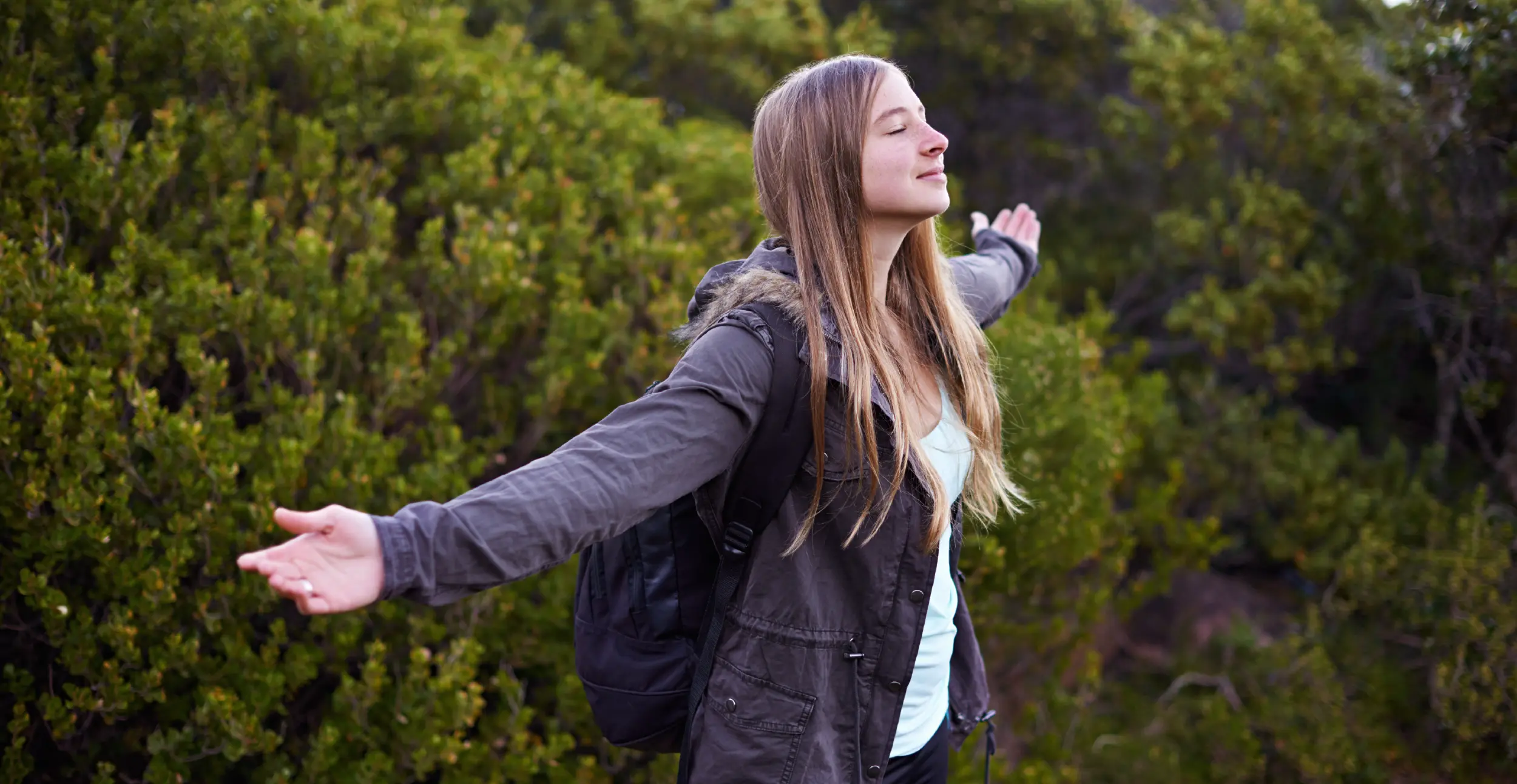Panic disorder symptoms are quite common. Every year, close to six million Americans experience panic disorder. Panic attacks often begin in childhood or early adolescence, although panic disorder tends to set in during late adolescence or early adulthood. Girls are twice as likely as boys to suffer from panic disorder.

Parent Information
When Is A Residential Treatment Center The Right Choice For Your Teen?
Discover the signs of Depression in Teens and learn how parents can support their child through emotional, behavioral, and physical struggles..




